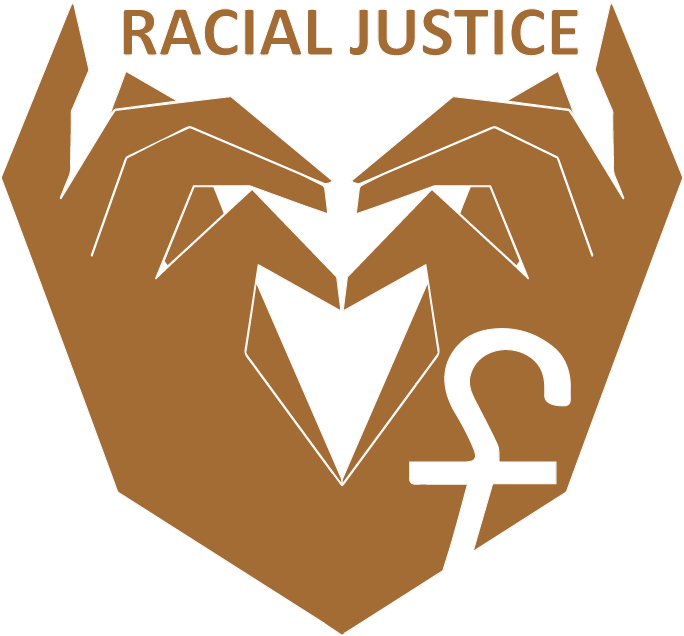Sunday of the Passion/Palm Sunday
Amalia J. Vagts. Wartburg Seminarian
Good Shepherd Lutheran Church
Decorah, Iowa
Gospel – Mark 15:1-41
Earlier this week, I asked my partner David what Palm Sunday was like in the congregation where he grew up. What he remembered most was being given a palm branch to wave in the procession. However, he said, “It always felt a little strange.” Strange? I asked. “Well, he said, we’re happy and waving palm branches for Jesus – but he’s on the way to his death!”[1]
This can feel like a strange day in the year of the life of the Church. We wave for the triumphant entry into Jerusalem, calling out “Hosanna” with the hope that Jesus will save us only to face the reality that Jesus won’t even save himself.
How do we find hope in a story like this?
I preached about this story on this day, Palm Sunday, a year ago while I was on internship. We were right at the beginning of this year of pandemic and racial reckoning and hope-seeking. It was our third or so recorded service. By then we knew that this wasn’t all going to be over by Easter. But it had just started to sink in.
On that day, Palm and Passion Sunday, when we began facing the death of Jesus we were only just starting to face the death of the pandemic. There were just over 9,000 recorded deaths from COVID in the United States. One year later, that number is 546, 591.
It’s an almost unimaginable number. It’s a level of suffering we want to look away from. It’s strange isn’t it – how we look at the cross, but away from death? But like our theme this Lent, Again & Again, the Spirit calls us to look. To look and face the sorrow and pain and fear and shame and guilt and anger and defensiveness and confusion of death. Again and again, the Spirit calls us to look.
A year ago by Palm Sunday, Ahmaud Arbery, a black man, had already been killed after being followed by three white men while he was jogging through his neighborhood in Georgia. Most of us didn’t know about it until a video of the murder was posted in early May.
Breonna Taylor, a black woman, had already been killed in her own home in Louisville, Kentucky, when police officers broke through the front door of the wrong home looking for a suspect. Her death also didn’t become national news until May, when the attention from Ahmaud’s Arbery’s death brought wider awareness to Breonna Taylor’s.
And a year ago on Palm Sunday, George Floyd was alive. I learned about George Floyd’s death via a Facebook post from a friend in Minneapolis the day after it happened. He posted a photo of officer Derek Chauvin’s knee on George Floyd’s neck with other officers standing by, writing, “I’m not going to post the video, but look long and hard at this picture.”
I looked at the picture. And then I looked away.
Later that day, I saw another Facebook post from a friend with the words, “A man was lynched today.” These words were the words on a flag that used to be displayed outside the New York NAACP office building in the 1920s and ‘30s anytime a black person was lynched.
I looked at the words. And then I looked away.
How do we remain hopeful when things feel hopeless? How is the cross a symbol of death and life? Of hope in hopelessness?
Black theologian James Cone writes that the cross is a paradox because it “inverts the world’s value system with the news that hope comes by way of defeat, that suffering and death do not have the last word, that the last shall be first, and the first last.”[2] He goes on to say that even in the terrible history of our racist past, black Americans found hope in the fact that “Christ crucified manifested God’s loving and liberating presence in the contradiction of black life.” [3]
Hope is in God’s promise that death is not the final word. Hope is in the terrible and beautiful strangeness of this week as we focus on the defeat of our Savior at the hands of the ones who could save him. Jesus calls us to follow him to the cross.
What would it mean for our congregation to follow the path of Jesus described by the apostle Paul – to become completely empty of ego and fear and to enter into the places of deepest suffering? What would we find if we explored in depth the rhetorical question a classmate of mine asked this weekend, “Who killed Jesus – a person or a system?”[4] What would it look like for our congregation to take seriously the idea that we are all the Body of Christ and to enter into lament for the suffering of the Body?
Later on in his book The Cross and the Lynching Tree, Jame Cone powerfully challenges those of us who are white and Christian to face our part in our history and present reality with this question: “Can one really understand the theological meaning of Jesus on a Roman cross without seeing him first through the lens of blacks on the lynching tree?”[5]
Who killed Jesus – a person or a system?
God breaks in to end systems that kill. Early on in Mark, when John baptized Jesus in the Jordan, the heavens were torn open and the life-breath of God descended. And when Jesus drew his last breath, in the temple, in the holiest of holy places, the curtain was torn in two. In the presence of systems that kill, God is present in Christ through the Spirit to heal and restore you. Even when you feel abandoned, you are never alone.
In telling this story, we often focus on how everyone turns away from Jesus at the end. The religious leaders have become jealous and have handed him over. His closest students and followers have fallen asleep, denied and betrayed him, abandoned him. Where are you God? Jesus cried out. Why did you leave me?
And yet, towards the end of Mark’s account of the death of Jesus we have this detail. “There were also women looking on from a distance; among them were Mary Magdalene, and Mary the mother of James the younger and of Joses, and Salome. These used to follow him and provided for him when he was in Galilee; and there were many other women who had come up with him to Jerusalem” (Mark 15:40-41NRSV).
Already in the very moment of his death we do not see Jesus abandoned and alone. God, who will raise Jesus up, is alive through the love and presence of the community of women who had come up with Jesus to Jerusalem. I’ve seen the love and presence of God alive in Good Shepherd members who are working to get more people in our community vaccinated. I’ve seen the love and presence of God alive in meals delivered to Good Shepherd family members in grief or illness. I’ve seen the love and presence of God alive in commitments from our congregation to work to be anti-racist and seek racial justice. I’ve seen the love and presence of God alive in you.
God who loves, heals, and restores you, promises you are not on your own. Jesus Christ, God with us, in death draws you and all people together. Yes, we’re waving palm branches for the One on the way to death. Again and again, the Spirit calls us to look. We’re waving them for the One who makes you alive to receive and be the love and presence of God for all the world.
[1] Conversation shared with permission.
[2] James H. Cone, The Cross and the Lynching Tree (Orbis Books, 2011), 2.
[3] Cone, The Cross and the Lynching Tree, 2.
[4] Conversation shared with permission.
[5] Cone, The Cross and the Lynching Tree, 63.



